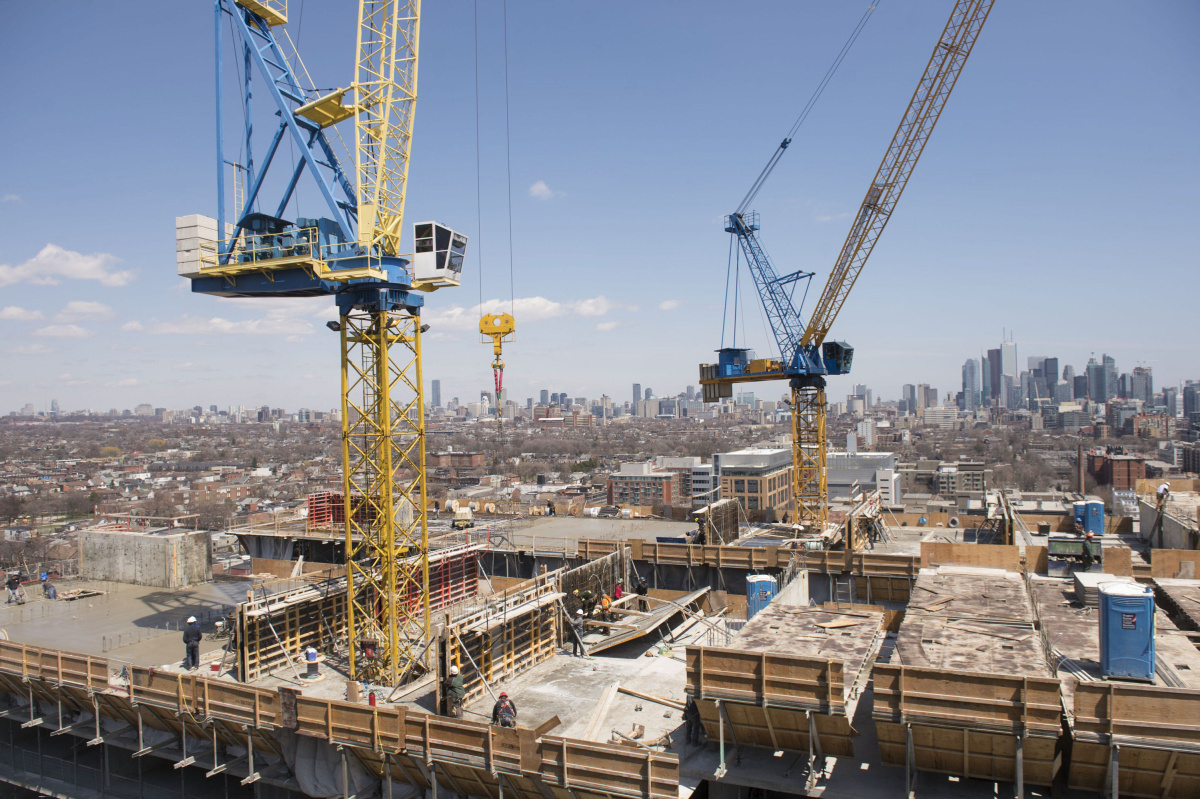
The Naval Facilities
Engineering Command (NAVFAC) issued a solicitation (Solicitation) for bids for
a project at the Naval Stations in Newport, Rhode Island (Newport Naval
Station) on May 18, 2009 and later conducted site visits with prospective bidders
in June of 2009. The solicitation
contained bid documents for the demolition of an existing bulkhead (Bulkhead, Wharf)
between two piers, removal of underwater
obstructions, and then the construction of a new bulkhead and parking area to
support ship berthing. Missing from the bid
documents were two reports (Report, Reports) NAVFAC was in possession of, one
from 2005, the other from 2008 which both identified the Bulkhead had deteriorated
to the point that it was structurally deficient and not able to support vehicles. The Report identified that the Bulkhead concrete
deck showed signs of deterioration along with the presence of a sinkhole at the
adjacent shoreline. The Report further
identified that the marine H-piles and concrete encasement has significantly deteriorated
and required replacement because “catastrophic collapse was possible”.
RDA Construction Corp (RDA)
of Canton, Massachusetts attended the site visits but did not submit any RFI’s
to NAVFAC on the condition of the Bulkhead and Wharf, despite its testimony that
is paid special attention to the condition of the H-piles at the site visit. RDA was ultimately awarded the project due to
an extremely low price as compared to other bidders and NAVFAC’s estimate. After asking RDA to confirm its pricing,
NAVFAC executed a contract with RDA on October 13, 2009. On November 18, 2009, NAVFAC furnished the
Reports to RDA in response to RDA’s submitted demolition plan in which it
planned to utilize the Wharf as platform to set excavators and cranes on and then
demolish working outside in from either direction. Eventually after much back and forth on this
and other schedule issues, RDA submitted a certified claim to NAVFAC in the
amount of $1.9 million to reflect the additional costs to change its demolition
means and methods from its bid.
After a contentious
project and other certified claims filed by RDA against NAVFAC, RDA’s contract
was ultimately terminated for default on February 21, 2013 and on April 15,
2015 NAVFAC determined that RDA was responsible for $2.2 million in liquidated
damages. On May 7, 2015, RDA filed a
complaint that alleged, among other counts, NAVFAC breached its duty to
disclose material information regarding the extreme deterioration of the Wharf
that was known by NAVFAC but not disclosed to RDA. RDA further alleged:
1) The
Report concluded the existing Wharf could not support the weight of equipment,
thus affecting work activities and added cost.
2)
NAVFAC
was aware of the Wharf’s deterioration which could only be observed from an
underwater inspection.
3) The
solicitation did not reference the poor condition of the Wharf, H-piles, and Bulkhead.
4) NAVFAC
only advised RDA on the existence of the Report until the contract was
executed.
RDA argued that as a
result of NAVFAC’s failure to disclose the above, it violated the implied duty
to disclose the existence of the Reports and was in material breach of the
contract at the time of its signing in October 2009. Accordingly RDA argues the termination for
default should be converted into a termination for convenience.
NAVFAC responded that it
had no duty to disclose the Reports and the Solicitation did include notice to
inquire about the current condition of the wharf through the inclusion of the
comment that the Wharf, “was likely not in good condition.” Furthermore,
structural deficiencies were identified in the bid documents and should have
been readily identifiable during the pre-bid site visits. Finally, NAVFAC contended that RDA’s means
and methods were inconsistent with the bid document’s direction that the Wharf
was to be completely demolished before work could commence on the Bulkhead.
The Court began its
analysis by presenting the standard for a violation of the implied duty to
disclose “superior knowledge” by the government. An implied duty to disclose is
violated when:
1)
A
contractor undertakes to perform [the contract] without vital knowledge of a
fact that affects performance costs or duration;
2)
The
government was aware the contractor had no knowledge of and had no reason to
obtain such information;
3)
Any
contract specification supplied misled the contractor or did not put it on
notice to inquire; and
4)
The
government failed to provide the relevant information.
Hercules
Inc. v. United States,
24 F.3d 188, 196 (Fed. Cir. 1994)
The Court then found
that NAVFAC had indeed violated both the first and fourth elements of the test
by not furnishing the Report to RDA until a month after the contract had been
executed. The record showed and NAVFAC personnel confirmed that NAVFAC did not
disclose to RDA the Wharf was subject to severe load restrictions until
November 2009. Therefore, the first
element was met when the Court concluded that RDA undertook to perform the
project in October 2009 without “vital knowledge” of the load restrictions
which effected performance costs and duration. The Court found the fourth
element was also satisfied because NAVFAC admitted it did not provide that
knowledge until after the contract was executed.
The Court next examined
the second element of the violation test and presented RDA’s argument that a
bidder could only learn of structural deficiencies of the Wharf through the bid
documents or through a site visit. RDA
contended the bid documents were silent on the extent of the Wharf’s deterioration
and the only means to truly view it during the site visit would be through an
underwater investigation. The Court
rejected RDA’s arguments by pointing to the fact that during the site
investigation, there were “indicia of the Wharf’s limited loading capacity”
through “orange saw horses and concrete barriers lining the perimeter of the
wharf indicating that vehicles could not drive there.” The Court further pointed to the presence of
large sinkholes adjacent to the Bulkheads “suggesting the land around the Wharf
was not stable.” Therefore, despite the
fact that NAVFAC was aware RDA had no knowledge of the Report, the physical
condition of the Wharf during the inspection should have given RDA “reason to
obtain [additional] information” about the structural capacity of the Wharf
through an independent engineer’s report or underwater investigation. Accordingly, the Court found that the second
prong was not satisfied and RDA’s claim failed the test.
Despite the Court’s
finding that the second element of the “superior knowledge test” was not met, thus
rejecting the violation of the duty to disclose, the Court continued its
analysis reviewing the third element. RDA argued that the bid documents
affirmatively misrepresented that the Wharf could be used to support the weight
of cranes and excavators required for demolition because the bidders were
instructed to “locate demolition equipment” throughout the structure so as to
not overload the framing. The Court stated
that even though RDA defined “demolition equipment” to mean cranes and
excavators, the bid documents do not define that term. Instead, the bid documents did contain the
American Society of Safety Engineer's 2006 Safety and Health Program
Requirements for Demolition Operations which stated demolition equipment that
“each structure can withstand should be determined by the contractor.” The Court stated this definition contained
within the bid documents required due diligence by RDA to perform an
engineering analysis before it placed equipment on the wharf and RDA was on
notice to inquire about the structural integrity of the Wharf.
Accordingly, the Court ruled that NAVFAC did not have a
duty to disclose the Reports prior to entering into a contract with RDA and
dismissed the count.
---------------------------------
The author, Brendan Carter, is a contributor to The Dispute
Resolver and a former Student Division Liaison to the Forum on Construction
Law. He is the Director of Industry Advancement & Labor Relations
with the AGC of Massachusetts based in Wellesley, MA. He may be contacted
at 781.786.8916 or carter@agcmass.org.





